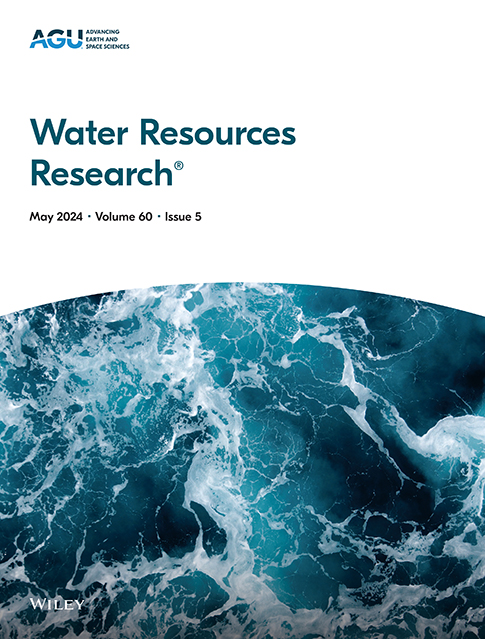Visual-Analytics Bridge Complexity and Accessibility for Robust Urban Water Planning
IF 4.6
1区 地球科学
Q2 ENVIRONMENTAL SCIENCES
引用次数: 0
Abstract
Urban water resources planning is complicated by unprecedented uncertainty in supply and demand. Real-world planning often simplifies the full range of uncertainty faced by a system into a limited set of deterministic scenarios to enhance accessibility for decision-makers and the public. However, overlooking uncertainty can expose the system to failures. On the other end of the spectrum, academically developed tools for scenario analysis rigorously quantify the combined effects of multiple sources of uncertainty, but the practical application of these models is limited by the challenges of information visualization and communication of results. In short, municipal water supply planners lack access to planning frameworks that effectively integrate a rigorous treatment of uncertainty with accessible, user-friendly visual and interactive tools to enhance user accessibility. In this work, we fill this gap by proposing Visual-Robust Decision Making, and demonstrate an application for the city of Santa Barbara (SB), CA. Santa Barbara faces multiple uncertainties from pending state and federal regulations to changing hydrology and water demand. The city seeks to increase its water portfolio robustness by expanding its seawater desalination plant, but must decide how much capacity to add. We introduce computational tools that assess uncertainty across nine uncertain drivers identified with the help of water planners in SB. To allow public participation in the desalination expansion decision, we develop interactive visual-analytics to aid decision-makers and stakeholders in navigating complex scenario analysis outcomes. Our results quantify the tradeoffs between increased capacity and system robustness and aim to enhance participation and uncertainty characterization of urban water planning efforts.求助全文
约1分钟内获得全文
求助全文
来源期刊

Water Resources Research
环境科学-湖沼学
CiteScore
8.80
自引率
13.00%
发文量
599
审稿时长
3.5 months
期刊介绍:
Water Resources Research (WRR) is an interdisciplinary journal that focuses on hydrology and water resources. It publishes original research in the natural and social sciences of water. It emphasizes the role of water in the Earth system, including physical, chemical, biological, and ecological processes in water resources research and management, including social, policy, and public health implications. It encompasses observational, experimental, theoretical, analytical, numerical, and data-driven approaches that advance the science of water and its management. Submissions are evaluated for their novelty, accuracy, significance, and broader implications of the findings.
 求助内容:
求助内容: 应助结果提醒方式:
应助结果提醒方式:


